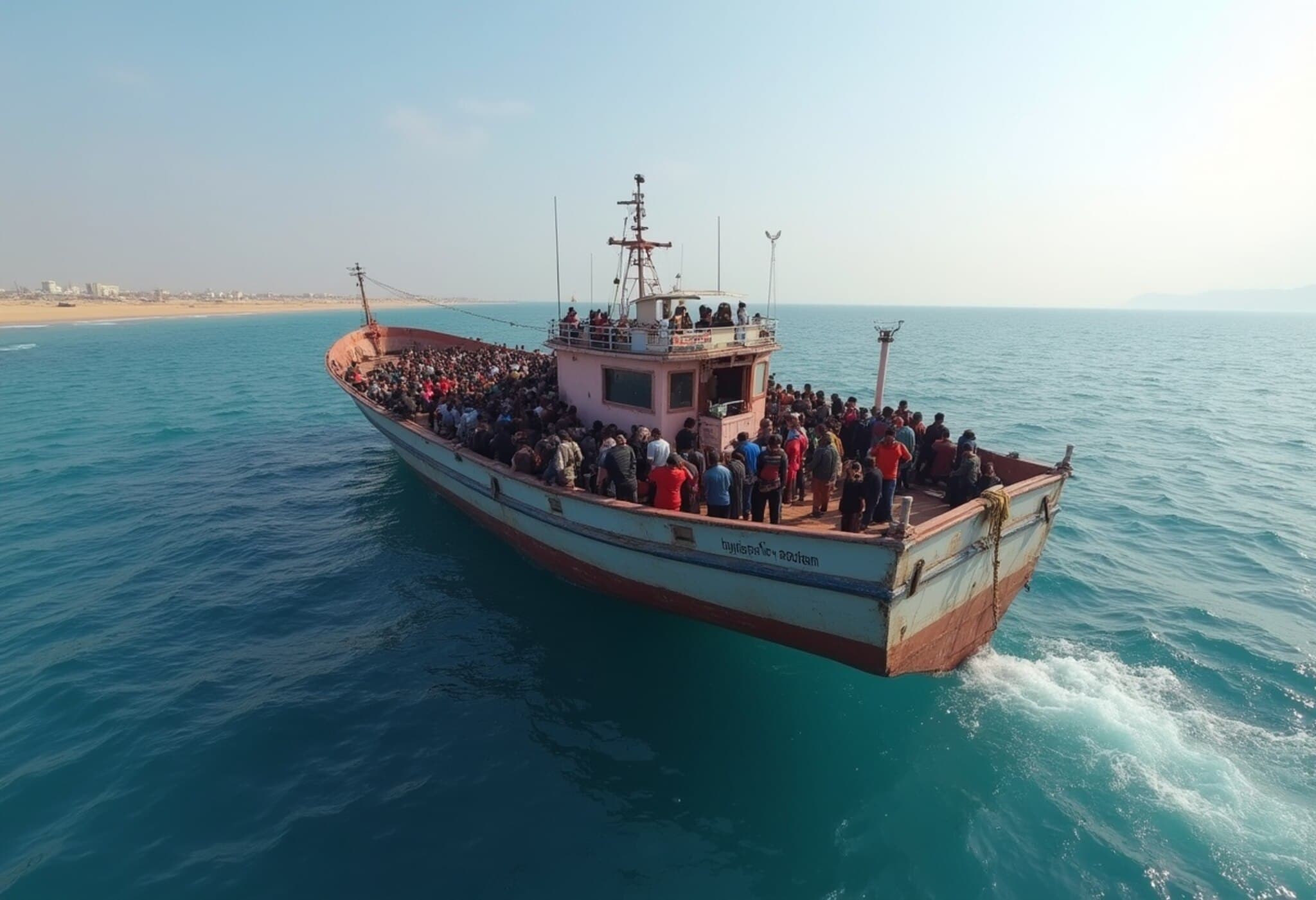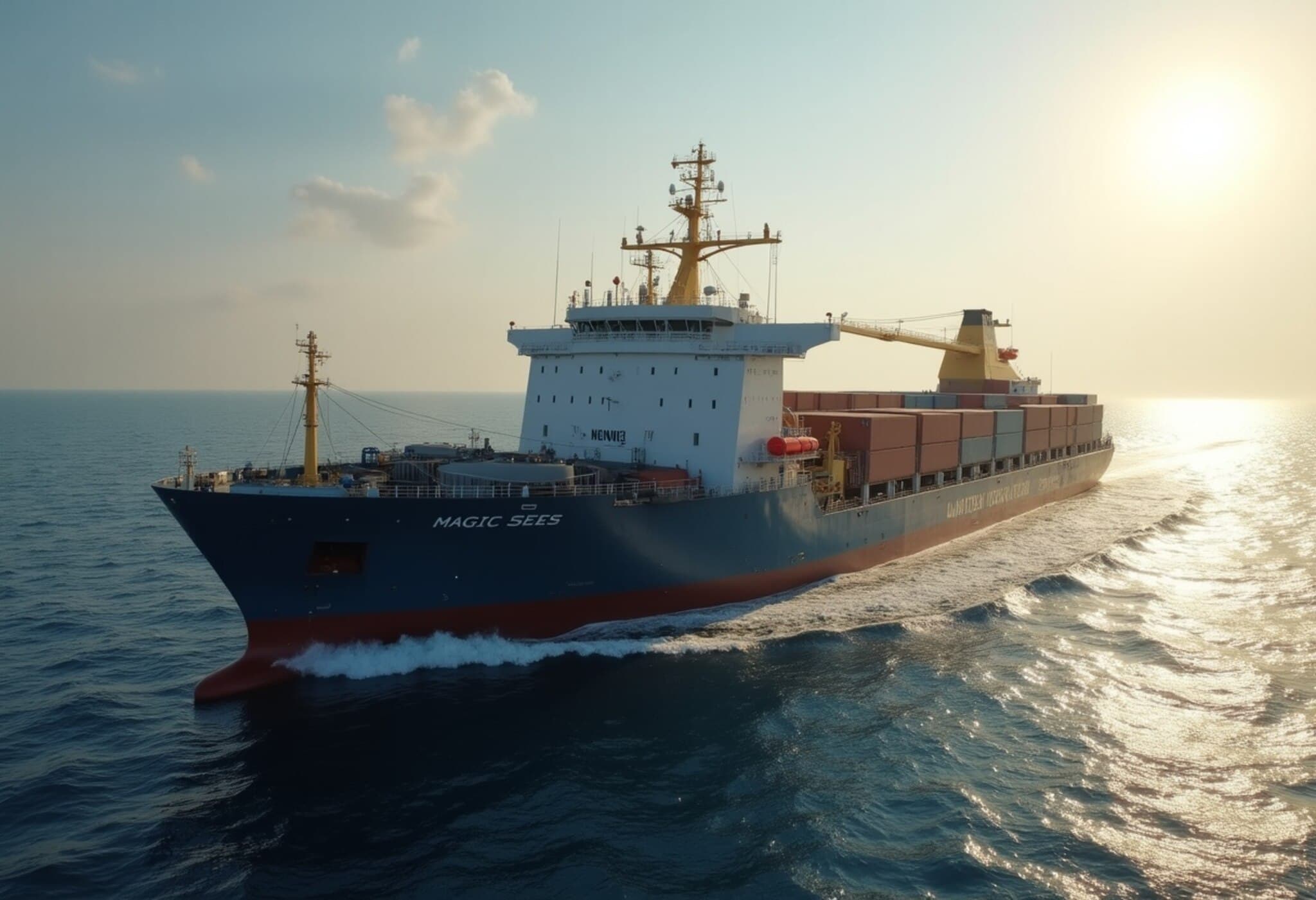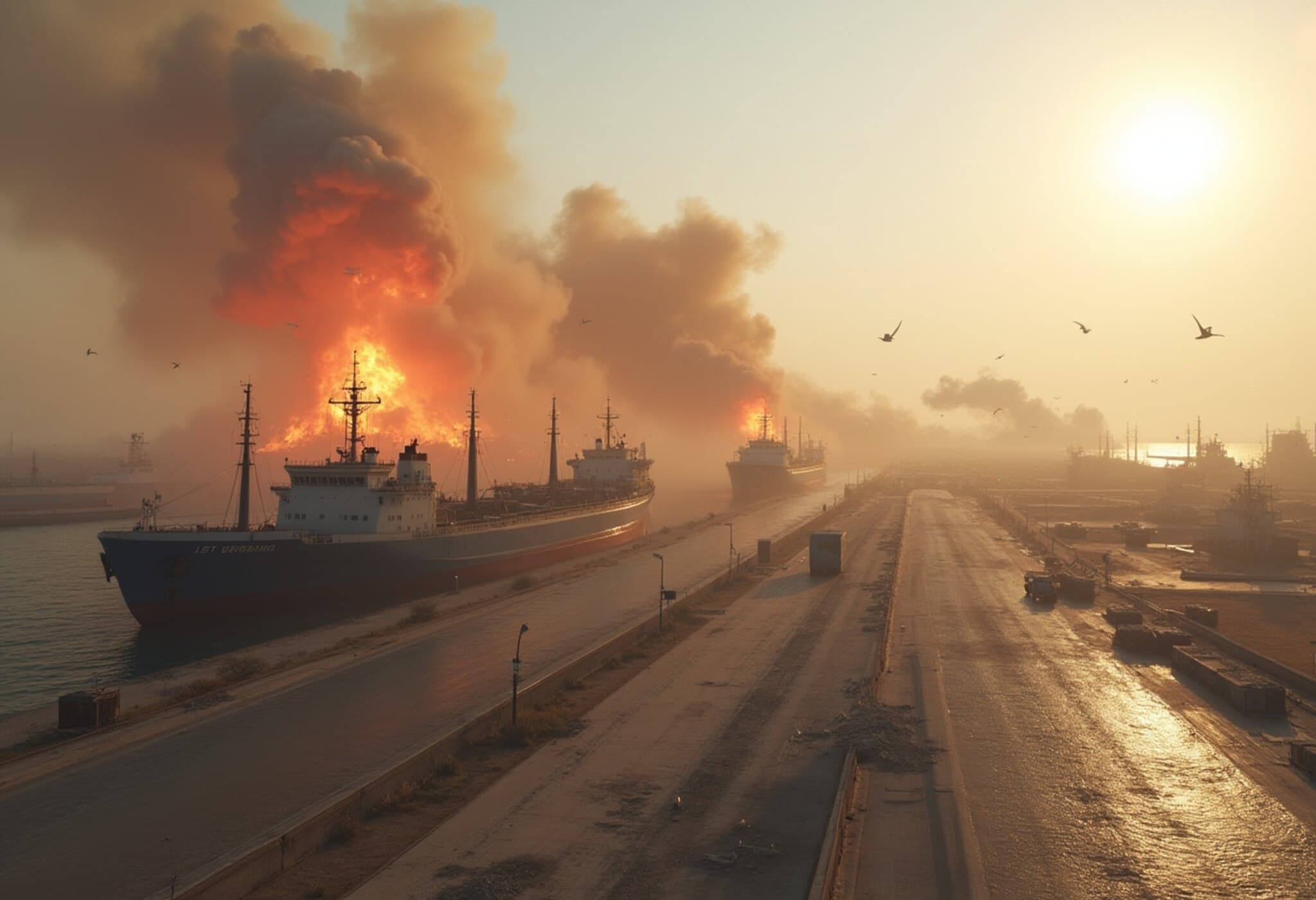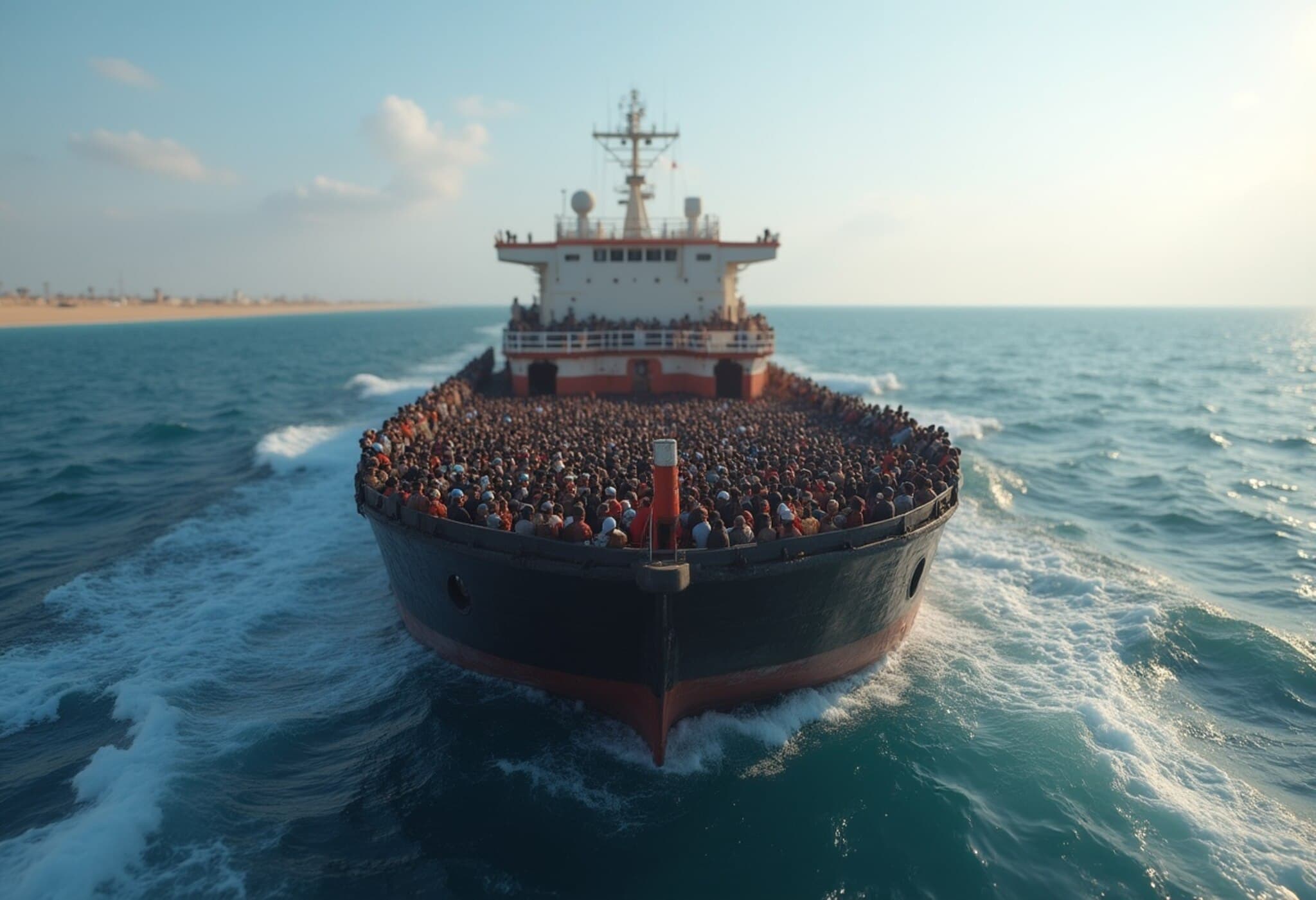At Least 54 Migrants Perish in Deadly Shipwreck Near Yemen
In a tragic incident underscoring the perilous journey faced by many migrants, at least 54 people died after a boat carrying approximately 150 migrants sank off Yemen’s southern coast on Sunday. Despite ongoing rescue efforts, dozens remain unaccounted for, illustrating the immense human toll of migration across some of the world's most dangerous waters.
Details of the Incident
The ill-fated vessel sank in the Arabian Sea near the Ahwar district of Abyan province, according to security officials familiar with the situation. Abdul Qadir Bajameel, a health official from Abyan, confirmed that only ten people survived — nine Ethiopians and one Yemeni — while dozens are still missing. Rescue teams and medical personnel continue to scour the area in a desperate search for survivors.
The Humanitarian Crisis in Context
The sinking highlights the ongoing migration crisis centered around Yemen, a key transit point for thousands of migrants from the Horn of Africa seeking safer opportunities in the Arabian Peninsula. According to the International Organisation for Migration (IOM), more than 60,000 migrants arrived in Yemen last year alone.
Many journey from countries like Djibouti and Eritrea, hoping to cross the Bab al-Mandab strait — a notoriously dangerous passage — en route to Saudi Arabia and other Gulf states in search of livelihoods and safety. This route is widely recognized as one of the most perilous migration paths globally, fraught with risks ranging from harsh weather and mechanical failures to interception and exploitation.
Expert Perspective: The Underreported Tragedy
Experts emphasize that migrant shipwrecks like this one only scratch the surface of a broader humanitarian emergency. Dr. Lina Ahmed, a migration specialist with a U.S.-based think tank focusing on Middle Eastern affairs, explains, "These maritime disasters reflect systemic issues: political instability in Yemen, restrictive migration policies in Gulf countries, and the desperate circumstances driving people to risk everything on unsafe vessels." She urges international actors to increase safe legal migration pathways and bolster rescue and medical support in vulnerable regions.
- Rising Migrant Arrivals: Yemen’s migrant population has surged in recent years, exacerbated by conflict and economic decline.
- Risk Factors: Lack of regulation, overcrowded boats, and hostile maritime conditions contribute to frequent tragedies.
- Legal and Policy Gaps: Limited protection frameworks leave migrants vulnerable to exploitation and neglect.
What Lies Ahead?
This latest sinking reignites difficult questions about the global community’s responsibility toward vulnerable migrants. It also shines a light on the urgent need for coordinated humanitarian responses in Yemen’s war-torn landscape, where governance challenges hamper effective search and rescue operations.
As rescue teams continue their efforts, the incident is a sobering reminder of the human lives lost amid geopolitical turmoil and migration pressures — a tragedy calling for empathy, policy reform, and international solidarity.
Editor’s Note
The deadly shipwreck near Yemen’s coast underscores a deeply entrenched crisis that too often remains invisible in international headlines. For U.S. policymakers, this tragedy accentuates the necessity of a comprehensive approach that encompasses humanitarian aid, diplomatic engagement, and migration reform. Only by addressing root causes in Africa and the Middle East, while expanding safe pathways, can we hope to prevent such heartbreaking losses in the future.



















